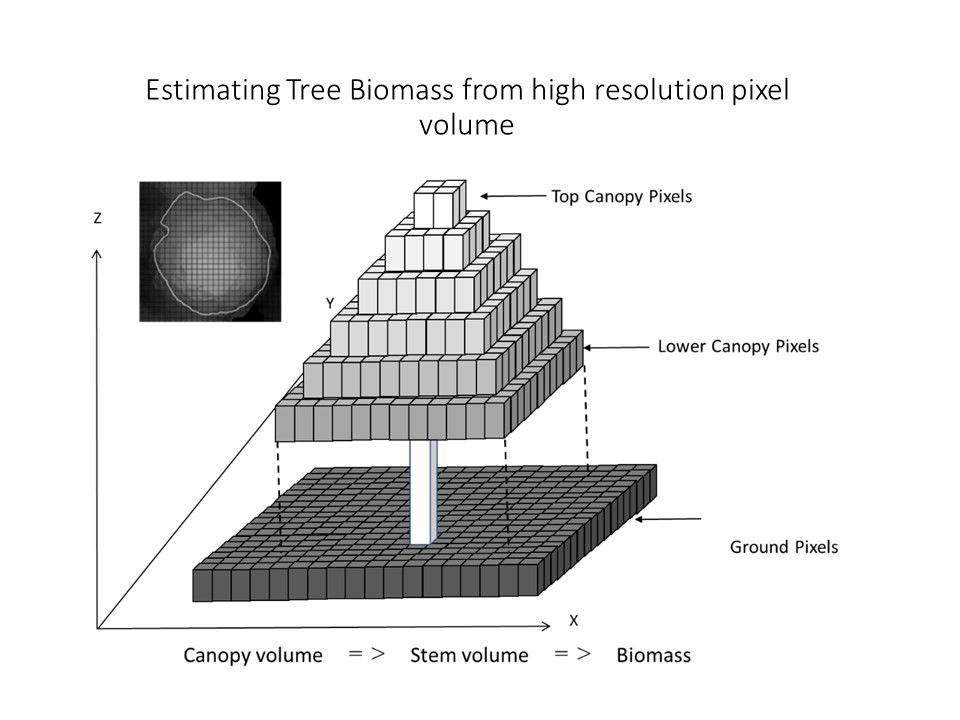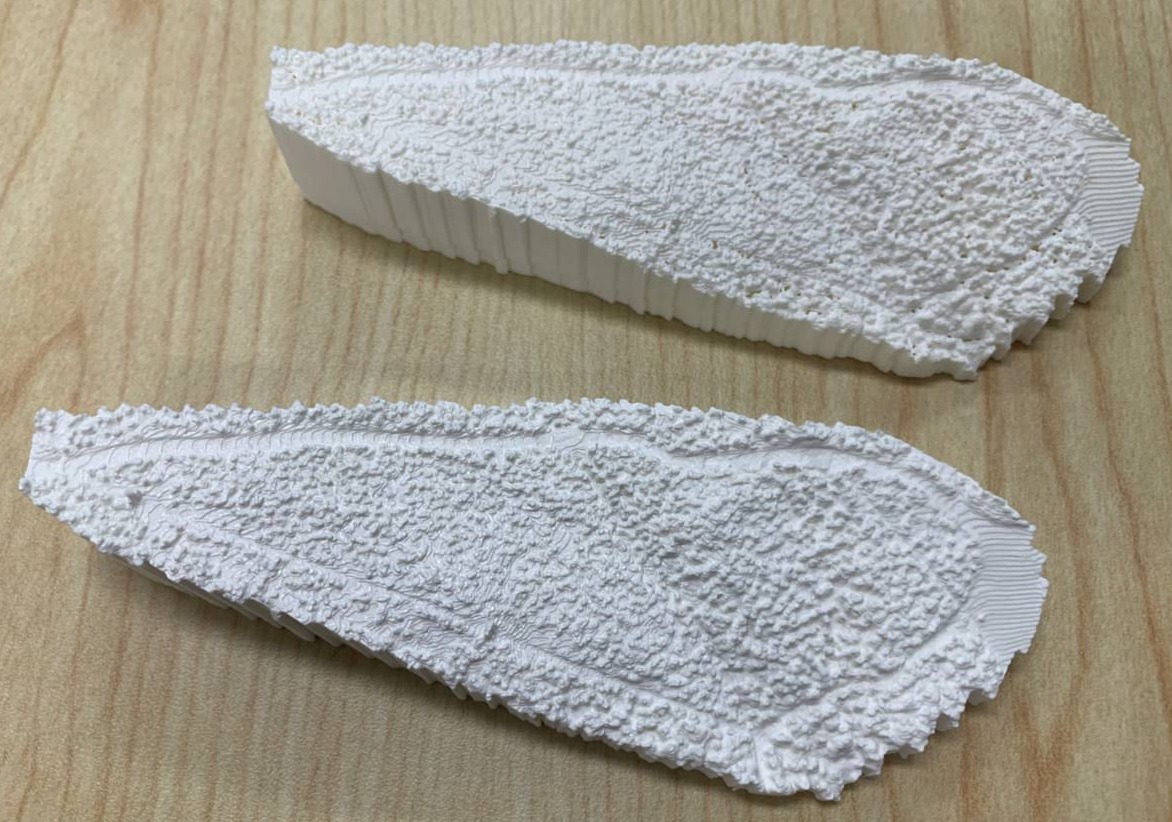Internationalization in Higher Education
Universities all over the world recognized the value of multiculturalism and the contribution that internationalization has on the education of today. Thus, Internationalization has become an objective of universities all over the world. The methods used to attain this goal are multiple and they are not standardized. They might be more effective depending on the region where they are applied. Regardless of the approach, a common language is essential for communication and for academic activities. In the present world, courses or programs in English have opened universities in Europe and Asia that until now were difficult to access for students from all over the world. Double Degree Programs are the result of long-term international activities that are based on small steps that little by little helped to build the needed structure. Theseinnovative academic programs ensure sustainability of international activities and active exchange of students and faculty members from the participating universities.



